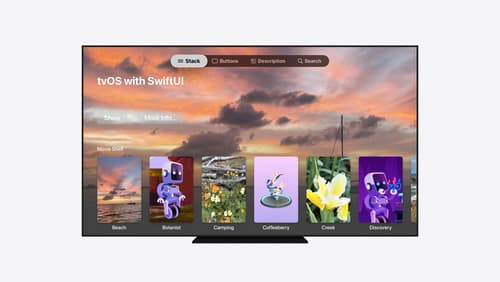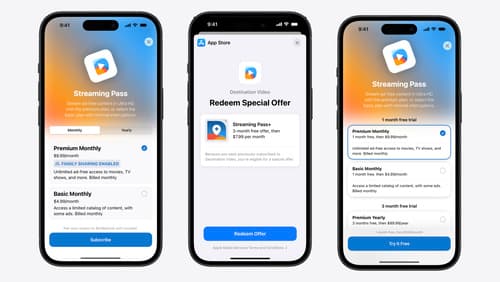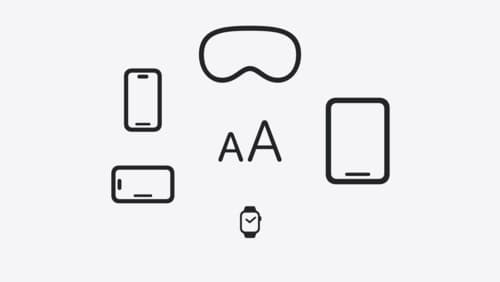auto layout
Asked on 2025-02-06
1 search
Auto Layout is a key feature in Apple's development ecosystem, particularly within UIKit, which allows developers to create responsive and adaptive user interfaces. At WWDC 2024, several sessions touched on layout-related topics:
-
What’s new in UIKit: This session introduced automatic trait tracking in iOS 18, which simplifies handling changes in traits like size classes. This feature automatically updates the layout when traits change, improving performance and reducing manual code. You can learn more about this in the Automatic trait tracking section.
-
Get started with Dynamic Type: This session discussed how to adapt layouts dynamically in response to text size changes, especially for accessibility. It highlighted using
UIStackViewin UIKit to adjust layouts based on the preferred content size category. More details can be found in the Dynamic layouts section. -
Migrate your TVML app to SwiftUI: This session explained how SwiftUI can automatically adjust layouts using modifiers like
containerRelativeFrame, which helps in creating adaptive interfaces that respond to different screen sizes and orientations. This is covered in the Shelves section.
These sessions provide insights into how Apple is enhancing layout capabilities across its platforms, making it easier for developers to create flexible and adaptive user interfaces.

Migrate your TVML app to SwiftUI
SwiftUI helps you build great apps on all Apple platforms and is the preferred toolkit for bringing your content into the living room with tvOS 18. Learn how to use SwiftUI to create familiar layouts and controls from TVMLKit, and get tips and best practices.

What’s new in StoreKit and In-App Purchase
Learn how to build and deliver even better purchase experiences using the App Store In-App Purchase system. We’ll demo new StoreKit views control styles and new APIs to improve your subscription customization, discuss new fields for transaction-level information, and explore new testability in Xcode. We’ll also review an important StoreKit deprecation.

Get started with Dynamic Type
Dynamic Type lets people choose their preferred text size across the system and all of their apps. To help you get started supporting Dynamic Type, we’ll cover the fundamentals: How it works, how to find issues with scaling text in your app, and how to take practical steps using SwiftUI and UIKit to create a great Dynamic Type experience. We’ll also show how you can best use the Large Content Viewer to make navigation controls accessible to everyone.
